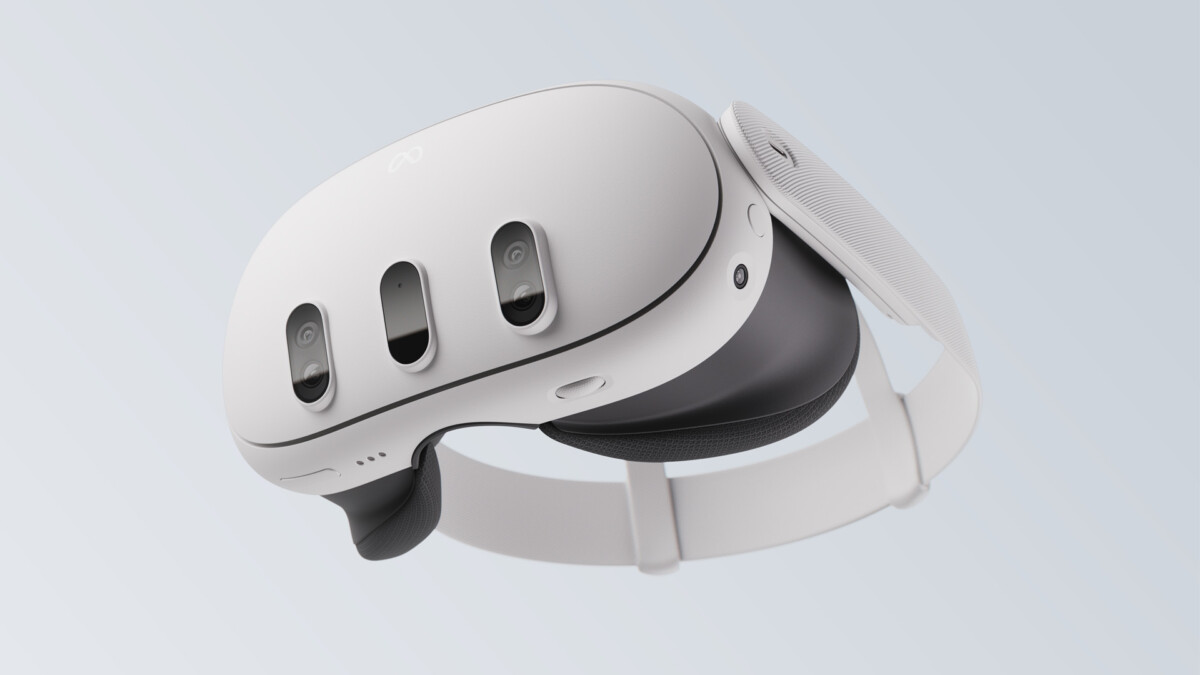Acoustic Ray Tracing is set to take Quest's audio capabilities to the next level

Meta introduces Acoustic Ray Tracing for Meta Quest, which accurately simulates the propagation of sound waves in virtual spaces.
The Meta Quest Audio SDK now supports Acoustic Ray Tracing.
The underlying technology is said to be very similar to the approach used in ray-traced graphics rendering, with the difference that it is applied to the behavior of sound waves. Meta writes:
"Our new Acoustic Ray Tracing features are designed to simulate high-quality audio acoustics with incredible accuracy. By pairing these capabilities with our existing spatial audio functionality, you can create environments that sound as real as they look. The result is a more believable and immersive experience for users that keeps them engaged and present within their environment."
According to Meta, the system has three advantages: It can handle large and complex environments with ease, is performant enough to target Meta Quest standalone headsets, and is simple enough for studios to use without engineering expertise.
The Quest 3 exclusive Batman: Arkham Shadow will be Meta's first title to showcase the power of Acoustic Ray Tracing.
What Acoustic Ray Tracing can do
In the Quest Developer Blog, Meta describes the capabilities of Acoustic Ray Tracing in more detail. The technology can
- accurately model reflections and reverberations, which are essential for creating a sense of space and depth,
- handle arbitrarily complex geometries to accurately simulate even the most intricate environments, whether a winding cave, a bustling cityscape or an intricate indoor environment,
- simulate propagation phenomena such as diffraction, occlusion, and obstruction. Diffraction allows sound to bend around obstacles, occlusion models how objects block sound, and obstruction simulates how sound changes when it passes through different materials,
- mimic the acoustic properties of different materials such as brick, carpet, glass and wood. This means that a carpeted living room will sound very different from a concrete warehouse, adding another layer of realism to the audio experience.
Meta already improved Quest's audio capabilities a year ago with a big upgrade to its HRTF model.
Note: Links to online stores in articles can be so-called affiliate links. If you buy through this link, MIXED receives a commission from the provider. For you the price does not change.